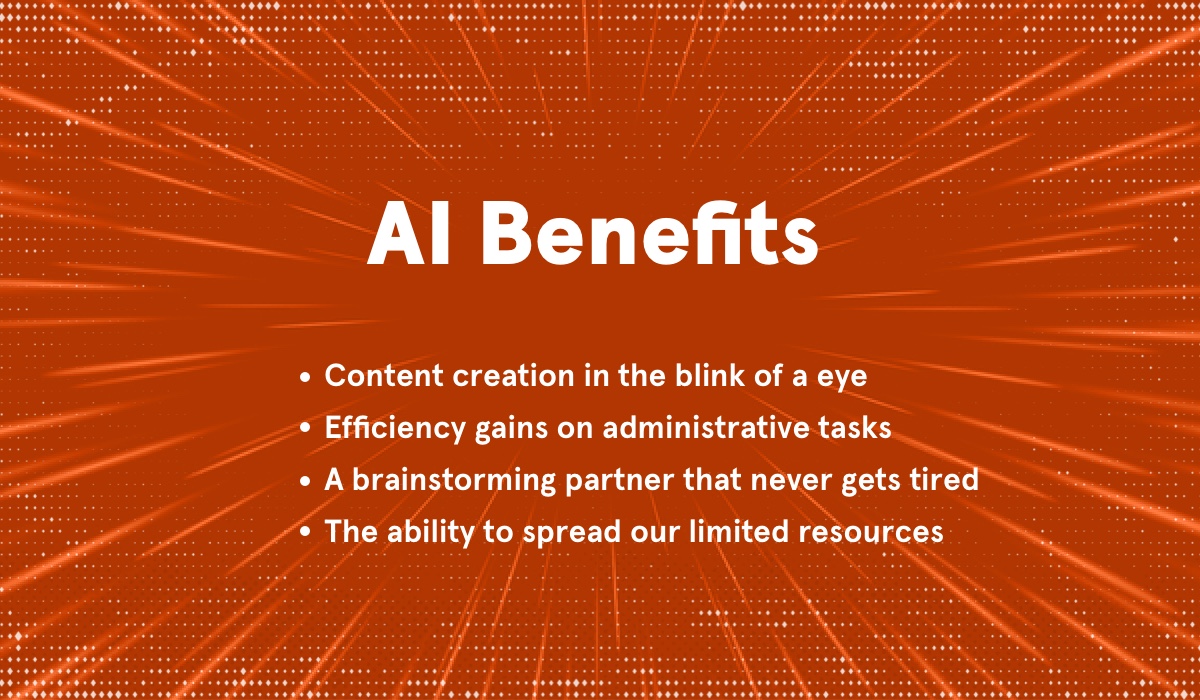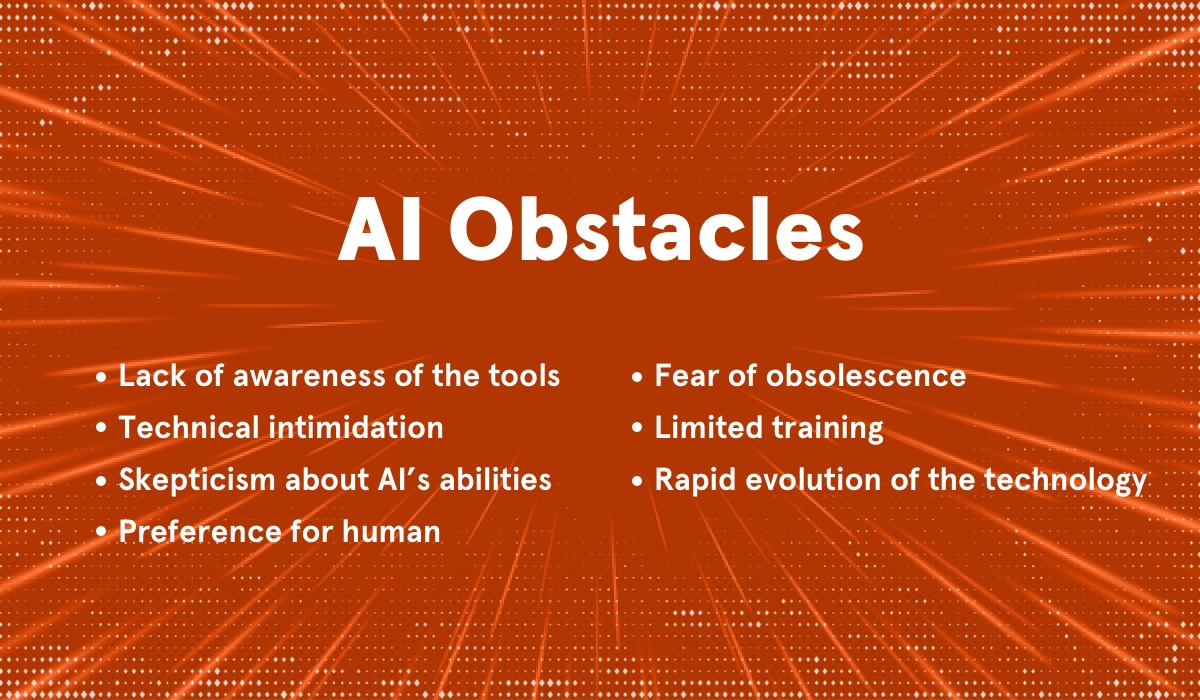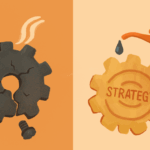The year was 1994. I was sitting on the couch in my parents’ family room, watching DuckTales and eating an after-school snack of Cheez-Its and Shasta, when my dad called up to me from our basement.
“Jaime! Come down here!”
His voice was tinged with a mixture of excitement and urgency. I hurried down the stairs and found him sitting at our old, 1950s-style metal desk, his eyes lit up with excitement. On the computer monitor in front of him was a white screen with plain blank text – the contents of which have been lost to time. In the corner was a logo: Netscape.
“I’m on a computer in Texas!” my dad exclaimed. I had no idea what was happening on the screen, but his enthusiasm was contagious. In retrospect, the echo of my father’s voice calling me to witness the Internet’s nascent stages was a foreshadowing of my own journey with technology.






